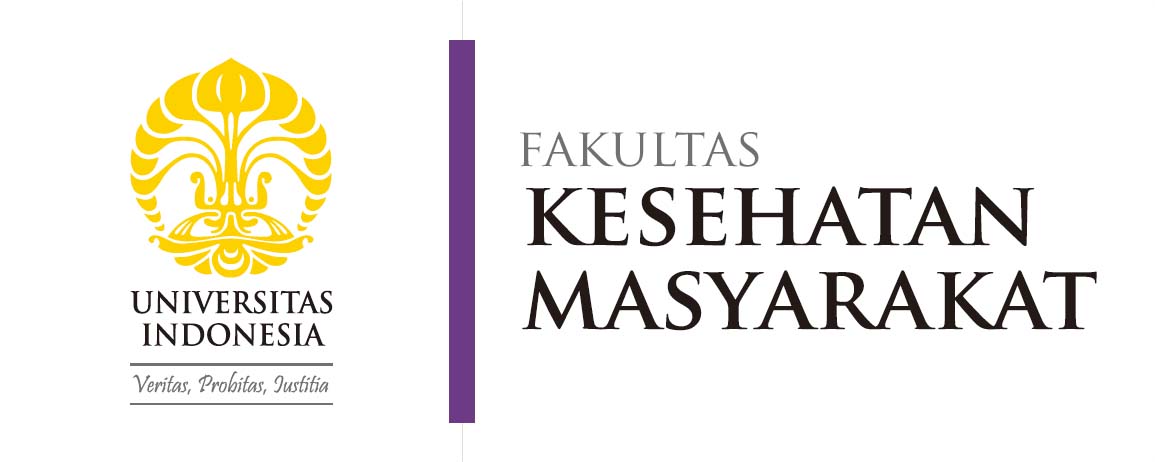
Stunting is a disruption in the growth and development of children which can be a major obstacle in improving the quality of human resources. In 2045, Indonesia is predicted to reach a demographic bonus, where the majority of the population will be people of productive age. “We must succeed in reaping this demographic bonus. Developed countries can accelerate by taking advantage of their demographic bonus period. “For this reason, stunting must be prevented and overcome as soon as possible so that we can have quality human resources by 2045,” said Dr. Ir. Asih Setiarini, M.Sc., Deputy Dean for Education, Research and Student Affairs, Faculty of Public Health (FPH) Universitas Indonesia (UI) in his speech at the FPH UI Online Seminar Series 7 which was held on Saturday, November 25, 2023. Master of Epidemiology student FPH UI as the organizer raised the theme “Prevent and Overcome Stunting for a Golden Indonesia 2045”.
The seminar presented three speakers with different backgrounds. Doctor Irma Ardiana, MAPS., Director of Family Development for Toddlers and Children, National Population and Family Planning Agency (BKKBN) explained the current population condition in Indonesia. Based on data held by the BKKBN, Indonesia’s birth rate has decreased significantly from 5.6 births in 1971 to 2.18 in 2022. This significant decline in birth rates has resulted in changes to Indonesia’s population pyramid. Currently, 70% of Indonesia’s population is of productive age. To be able to achieve a demographic bonus, of course the population of productive age must also be of high quality. “One tool for measuring the quality of human resources is the reduction in the prevalence of stunting. Quality family life preparation is needed to be able to prevent stunting from its origins. “This preparation can start with young women who are well-nourished and not anemic, followed by prospective brides and couples of childbearing ages, everything must be planned well,” said Dr. Irma. He also hopes that students, especially FPH UI students, can be catalysts for improving family health and reducing stunting.

Furthermore, Dr. Nurcholid Umam K., Sp.A., M.Sc., Director of RSU PKU Muhammadiyah Bantul shared the best practices carried out by his hospital in using Supplementary Feeding (PMT) to overcome stunting. Stunting management can be done by providing food with adequate nutrition. Milk, as a source of animal protein, is a recommended food for children because it contains many of the nutrients needed. But unfortunately, not all children like drinking milk. This made Dr. Nurcholid and the RSU Muhammadiyah Team are trying to innovate to make PMT that children like. “After conducting a literature study, we found that Modisco ice cream (modified dietetic skim and cotton sheet oil) can be used as PMT to overcome stunting. We also experimented with various local ingredients, from red bean ice cream, Moringa leaves, to soy milk. “It turns out that Modisco ice cream is quite effective in increasing children’s weight and height because its calorie, protein and fat content is higher than regular ice cream,” explained Dr. Nurcholid. Now, Dr. Nurcholid and his team are aggressively teaching local residents how to make their own Modisco ice cream to speed up the handling of stunting in Bantul.
“The government is targeting the prevalence of stunting to decrease to 14% by 2024. Of course, this is not an easy target considering the many factors that play a role in the incidence of stunting. It requires implementing a complete plan and involving many sectors to achieve this,” said Dr. dr. Hariadi Wibisono, M.P.H., General Chair of the Association of Indonesian Epidemiologists (PAEI). Doctor Hariadi as the final speaker explained material regarding strategies for handling stunting based on an epidemiological perspective. The role of epidemiology in handling stunting can be categorized into 3: being able to recognize (includes understanding the definition of stunting, measurement standards, calculating stunting numbers based on denominators, and carrying out analysis based on trends in time and place); able to find distribution (includes conducting distribution studies based on place and risk factors as well as studying determining factors and contributors); as well as detection of risk factors and suggestions for solutions (including identifying main risk factors, conducting research on the quality of interventions carried out, and providing suggestions for actions that can be taken). Doctor Hariadi also emphasized the importance of optimizing a baby’s First 1000 Days of Life (HPK). “Prevention of stunting does not start when the baby is born, but the condition should be taken into account starting from the woman’s childbearing age, during pregnancy, childbirth, until the baby is born,” concluded Dr. Hariadi. (WR)
